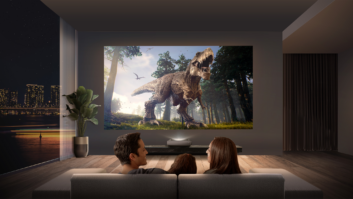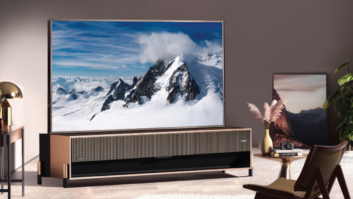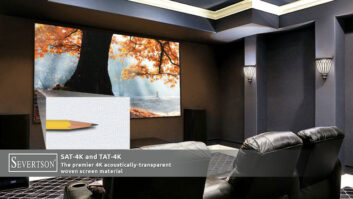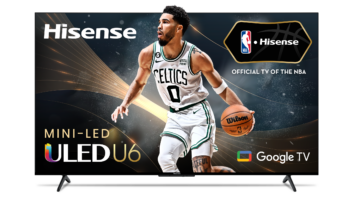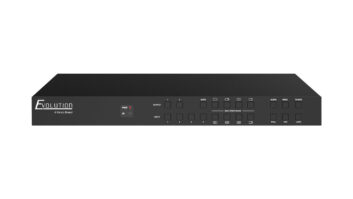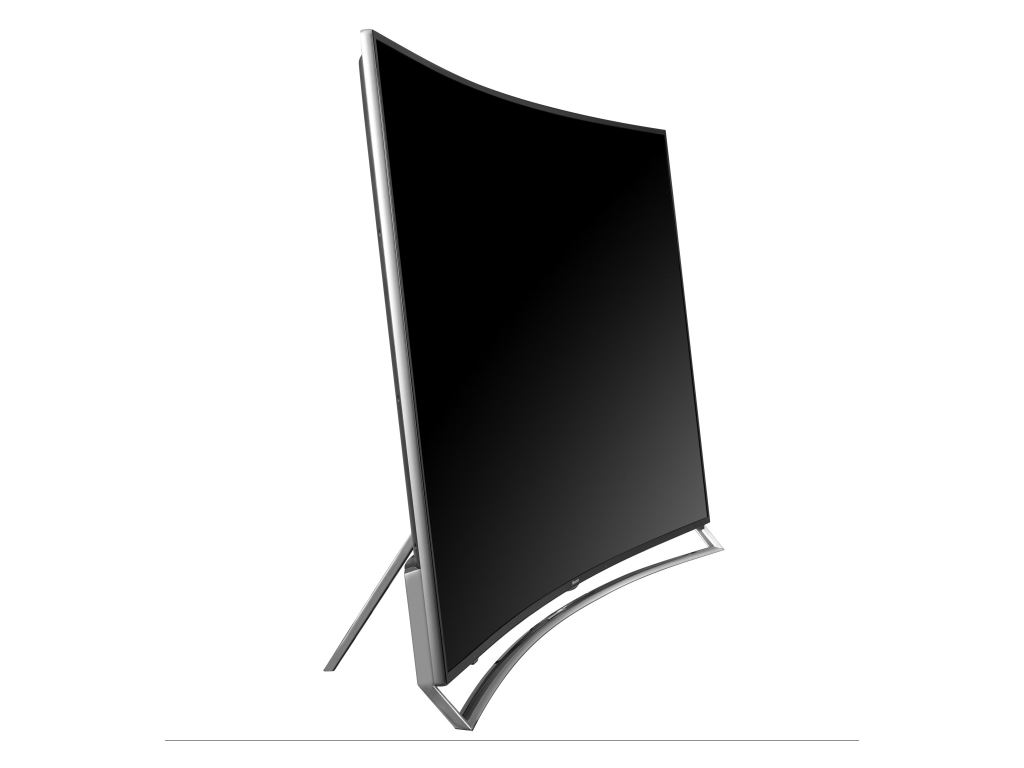
Value-priced TV maker Hisense wants to burnish its high-tech image with the launch of its first two 4K Ultra HD TVs incorporating a portfolio of technologies collectively called ULED (Ultra LED).
The $2,999-suggested 65-inch 65H10 and $1,299 55-inch 55H9 smart TVs are the company’s first TVs with curved screens. The top model is the brand’s first TV with quantum-dot nano-crystal technology, which expands color gamut to P3 digital-cinema levels, or 149 percent of the Rec 709 standard currently used by 4K streaming services. That TV is also the company’s first with high dynamic range (HDR) technology. The company is using 3M’s Quantum Dot Enhancement Film (QDEF) technology to expand color gamut, and it uses open HDR, based on the SMPTE 2084/2086 standards, to enhance dynamic range.
The company positions the $2,999 model as comparable in performance to a 65-inch LG OLED TV retailing for $7,000 and a 65-inch Samsung SUHD TV retailing for $4,500. Both also feature curved screens.
Hisense demonstrated the Samsung and LG models side by side with its 65H10 last night during a press event hosted by NBC Sports commentator Leigh Diffey in New York City’s Edison Ballroom.
Despite OLED’s performance and thinness, “Is an OLED TV worth $4,000 more?” asked Hisense USA product manager Niko Savovic. Sales VP Peter Erdman said the TV meets consumer demand for an “immersive viewing experience, best picture quality, and amazing value.”
The $2,999 TV incorporates second-generation ULED technologies, while the $1,299 model incorporates the first generation, which had not been available before in the U.S. The technologies will very likely make their way into Sharp-brand TVs following the purchase earlier this year of rights to the Sharp brand name in North and South America.
Both TVs will be available during the first week of October from Amazon, which gets the exclusive on the $2,999 model through about the end of the year. The $1,299 model is open to other retailers off the bat.
Both models incorporate ULED technologies previewed at CES. The portfolio of ULED technologies, said Savovic, include full-array local LED dimming with more local dimming zones than before: 240 in the top model and 85 in the $1,299 model.
The mix also includes “smart” peaking to increase dynamic range by accelerating the time it takes to go from 100 percent brightness to no light. It also provides 900-nit peak brightness in a single zone.
The ULED technology mix also includes color-gamut-expanding technology, which in the $1,299 model takes the form of proprietary Pure Color technology that boosts gamut to Rec 709 levels currently used by 4K streaming services. In the top model, quantum-dot technology elevates gamut to P3 levels.
ULED technologies also include image processing technologies such as dark-field image enhancement, which shows more details in shadows and in bright portions of a picture. Motion-image enhancement eliminates judder and enables bright objects to move through dark backgrounds without a halo effect, Savovic explained.
Other key features of both TVs are 120Hz refresh rates, 4K HEVC and YouTube’s 4K VP9 codecs to stream 4K content, and the Netflix, Amazon and YouTube 4K streaming services. A portfolio of dbx-TV technologies is said to make soundbars unnecessary to get big sound with intelligible dialog from the TVs. The dbx technologies include one that reduces the level of TV commercials to match that of the TV program.
Although the company demonstrated Dolby Vision HDR technology at CES, it opted for the Open HDR standard in the $2,999 TV because of cost, including hardware costs and license fees, said product management director Chris Porter. Dolby Vision is appropriate for CEDIA-channel displays, not for the mass market, he said. “The requirements of the UHD Alliance [including peak brightness] are more obtainable in mass-market product,” he said of Open HDR’s ability to meet the alliance’s minimum HDR requirements.
Hisense’s other 4K products in the U.S. consist of three flat-screen 4K LED TVs in 50-, 55- and 65-inch models. They start at retail at $548 for the 50-inch model currently available at Walmart, the company said.





